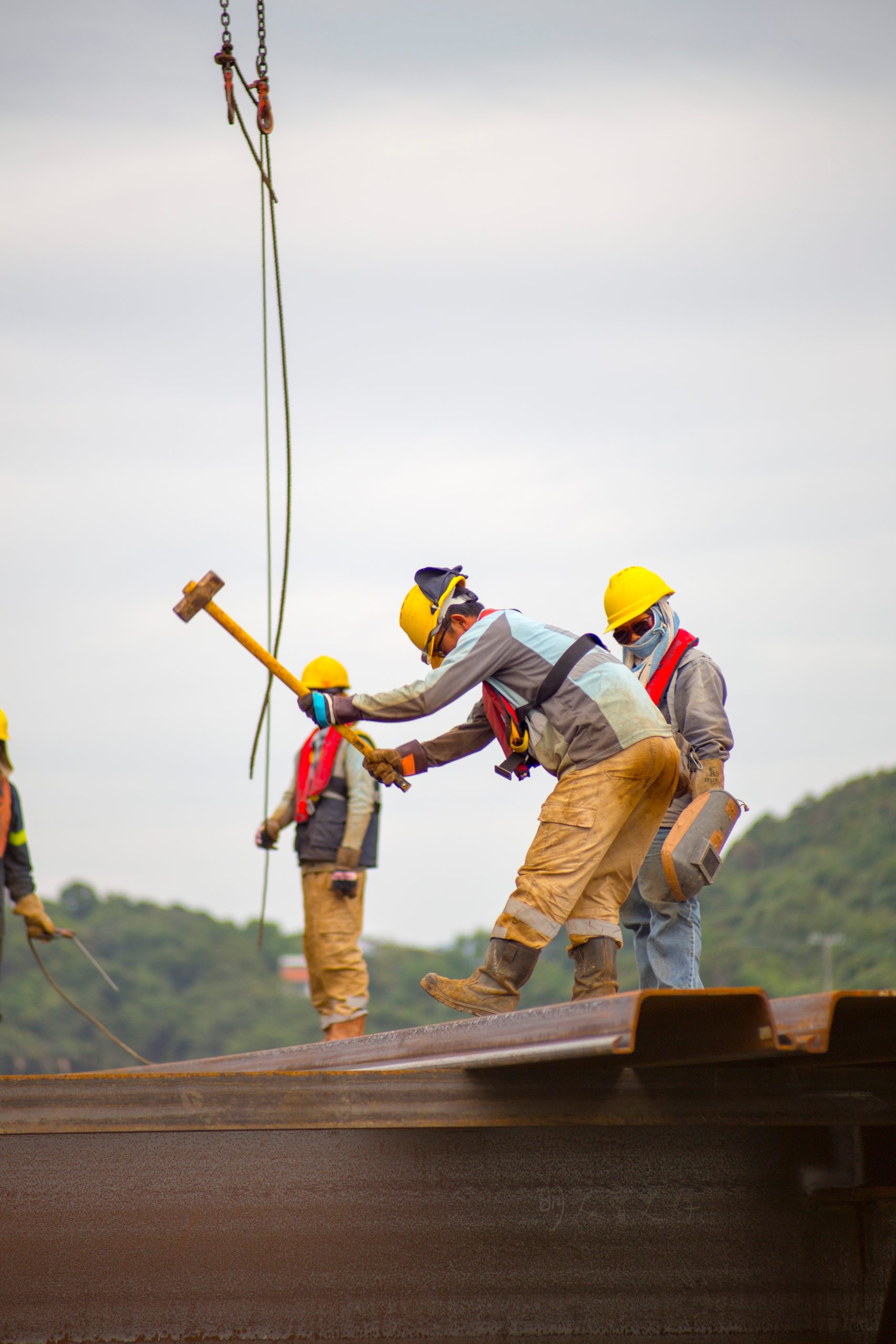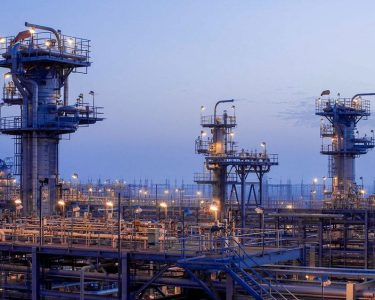Are robots taking over our jobs? This fear has been around for a while, but the truth is that robotics and artificial intelligence (AI) are not here to replace humans. Instead, they are revolutionizing industries by making jobs safer and more efficient than ever before. From manufacturing to healthcare, the integration of robots and AI technology is breaking down barriers in the workplace. In this blog post, we will explore how these innovations are transforming various industries and what we can expect from them in the future. So sit back, relax, and let’s dive into the exciting world of robotics and AI!
Robotics
Robotics has been a buzzword for years, and its impact on different industries is undeniable. Robots can perform tasks that are too dangerous, repetitive or difficult for humans to accomplish alone. They can work around the clock without tiring, making production more efficient and cost-effective.
In manufacturing, robots have revolutionized assembly lines by performing tasks such as welding, painting and packaging with precision at lightning-fast speeds. In healthcare, they play an essential role in assisting surgeons during procedures by providing greater accuracy and control over instruments.
Moreover, robots are also being deployed in agriculture to automate labor-intensive tasks like harvesting crops or planting seeds. This technology ensures greater efficiency while reducing overall costs related to manual labor.
Robotics allows us to complete otherwise impossible jobs safely and efficiently. As advancements continue in this field along with artificial intelligence integration we will only see more growth from these technological innovations!
Artificial Intelligence
Artificial Intelligence (AI) is a rapidly expanding field that involves creating machines and software that can perform tasks requiring human-like intelligence. AI has the potential to revolutionize numerous industries by making tasks safer, faster, and more efficient.
One of the key advantages of AI is its ability to analyze vast amounts of data quickly and accurately. This allows businesses to make better decisions based on real-time insights. For example, in healthcare, AI-powered systems are being used to interpret medical images and help with early diagnosis of diseases.
Another use case for AI is in manufacturing where it can be used to optimize production lines for greater efficiency while reducing errors. By automating repetitive manual tasks, workers are freed up to focus on higher-level thinking activities.
In addition, AI can also improve workplace safety by identifying potential hazards before they become a danger. This includes monitoring worker behavior or using sensors to detect falls or other accidents.
As technology continues to evolve at an unprecedented pace, we can expect even more exciting developments from artificial intelligence in the coming years – further enhancing our lives both inside and outside the workplace.
How Robotics and Artificial Intelligence are Making Jobs Safer and More Efficient
Robotics and Artificial Intelligence (AI) have revolutionized the way we work. These technologies are transforming traditional jobs into safer and more efficient ones. In industries such as construction, manufacturing, and logistics, robots and AI systems are taking over dangerous or repetitive tasks that put human workers at risk.
For instance, in construction sites, drones equipped with cameras can survey the area for potential hazards before actual work begins. This reduces the likelihood of accidents on-site caused by factors like uneven terrain or dangerous obstacles that might be missed by a human inspector.
In manufacturing plants, robots now perform tasks like welding or painting that were once considered hazardous to human workers due to exposure to fumes or high temperatures. With these machines doing most of the heavy lifting when it comes to physically demanding tasks too risky for humans; employees can focus on supervising operations from a safe distance.
Moreover, AI-powered software has been developed to help businesses manage their operations more efficiently than ever before. For instance, predictive maintenance algorithms allow industrial machinery operators to identify potential problems before they occur rather than waiting until something breaks down.
Robotics and artificial intelligence have created new opportunities for safety improvements within various job sectors where risks abound while providing greater efficiency through automation processes which ultimately saves time and money in production costs etcetera
Examples of Safer and More Efficient Jobs Due to Robotics and Artificial Intelligence
The integration of robotics and artificial intelligence (AI) in various industries has led to safer and more efficient jobs. One notable example is the manufacturing industry, where robots have taken up dangerous tasks that were previously done by human workers. These tasks include welding, painting, and assembly line work that pose a risk of injury or exposure to harmful chemicals.
In healthcare, AI-powered technologies are improving patient care through more accurate diagnoses and personalized treatments. For instance, machine learning algorithms analyze large amounts of medical data to identify patterns that can help doctors diagnose diseases at their early stages. Moreover, robots can support surgeons during complex procedures by providing precision and reducing human error.
The agricultural sector has also benefited from the use of robotics technology. Autonomous equipment such as drones and tractors equipped with sensors can optimize crop management by monitoring soil conditions, pest infestations, irrigation needs among others leading to increased yields while minimizing resource wastage.
Another industry benefiting from robotic automation is logistics where automated vehicles like self-driving trucks significantly reduce delivery times while eliminating driver fatigue-related accidents on long hauls.
These examples demonstrate how the application of robotics technology has improved safety for workers in hazardous environments while increasing efficiency across multiple industries.
The Future of Robotics and Artificial Intelligence
The future of robotics and artificial intelligence is promising, with more industries embracing the technology to make jobs safer and more efficient. With the advancements in machine learning algorithms, AI-powered robots will become smarter than ever before, enabling them to perform tasks that were once considered too complex for machines.
As we move towards a world where automation plays an increasingly important role in our daily lives, it’s clear that robotics and artificial intelligence are here to stay. By breaking down barriers in the workplace and making jobs safer and more efficient, these technologies have already had a significant impact on several industries.
While there may be concerns about job displacement due to automation, there’s no doubt that robotics and AI will create new opportunities for workers as well. As companies adopt these technologies, they’ll need skilled workers who can program, maintain and manage them.
It’s exciting to see how robotics and artificial intelligence are transforming various industries by increasing efficiency while reducing risks. It remains essential for businesses to invest in training their employees so they can keep pace with technological changes as they arise.




